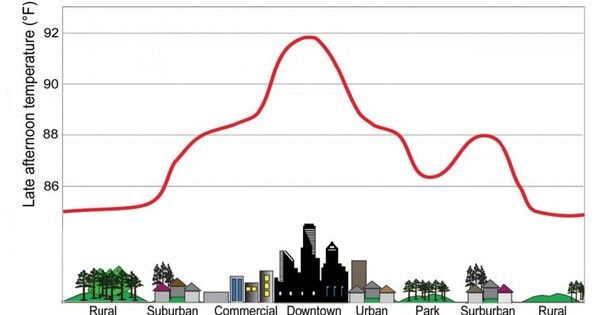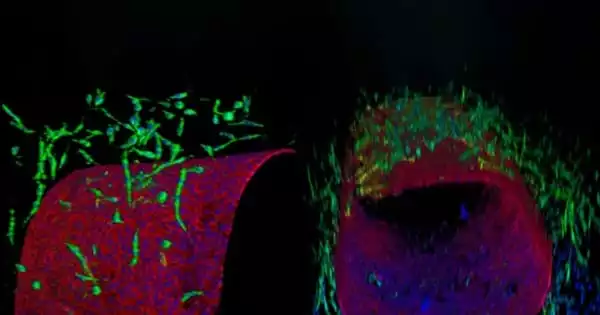Urban climatology is the study of urban climates. It is a subfield of climatology that investigates climate in urban contexts. It is a subfield of climatology that studies the interactions between urban areas and the atmosphere, the impacts they have on one another, and the many spatial and temporal dimensions at which these processes (and reactions) take place. It investigates how city-specific variables such as buildings, roads, and human activities affect local weather patterns and climate conditions.
Urban regions generally have various microclimates as a result of changes in natural surfaces, land use, waste heat generation, and altered air circulation patterns.
Key aspects of urban climatology include:
- Urban Heat Island Effect: Cities are generally warmer than adjacent rural areas due to heat absorption by buildings and roads, reduced natural cover, and human activities. Urban heat islands can cause greater temperatures, altered precipitation patterns, and increased energy usage for cooling.
- Air Quality: Urban regions frequently have inferior air quality than rural ones due to emissions from cars, industrial activity, and other causes. Pollutants can have serious consequences for human health and the environment, hence urban climatologists investigate the dynamics of air pollution dispersion inside cities.
- Microclimates: Within cities, various factors such as urban morphology, land use patterns, and topography can create microclimates with distinct temperature, humidity, and wind characteristics. Understanding these microclimates is important for urban planning, infrastructure design, and assessing the vulnerability of urban populations to extreme weather events.
- Urban Meteorology: Urban areas can influence local weather patterns through processes such as urban-induced circulations, changes in surface albedo, and the generation of urban aerosols. Urban meteorologists study these interactions between the built environment and the atmosphere to improve weather forecasts and climate models for urban areas.
- Urban Green Spaces: Parks, gardens, and other green spaces in cities can help to moderate urban climates by providing shade, minimizing heat buildup, and improving air quality. Urban climatologists study the function of green infrastructure in reducing the effects of urbanization on local climate and increasing urban resilience to climate change.
Overall, urban climatology is critical for understanding the complex interactions between human activities, urban development, and the natural environment, as well as designing ways to make cities more sustainable and resilient in the face of climate change.
















